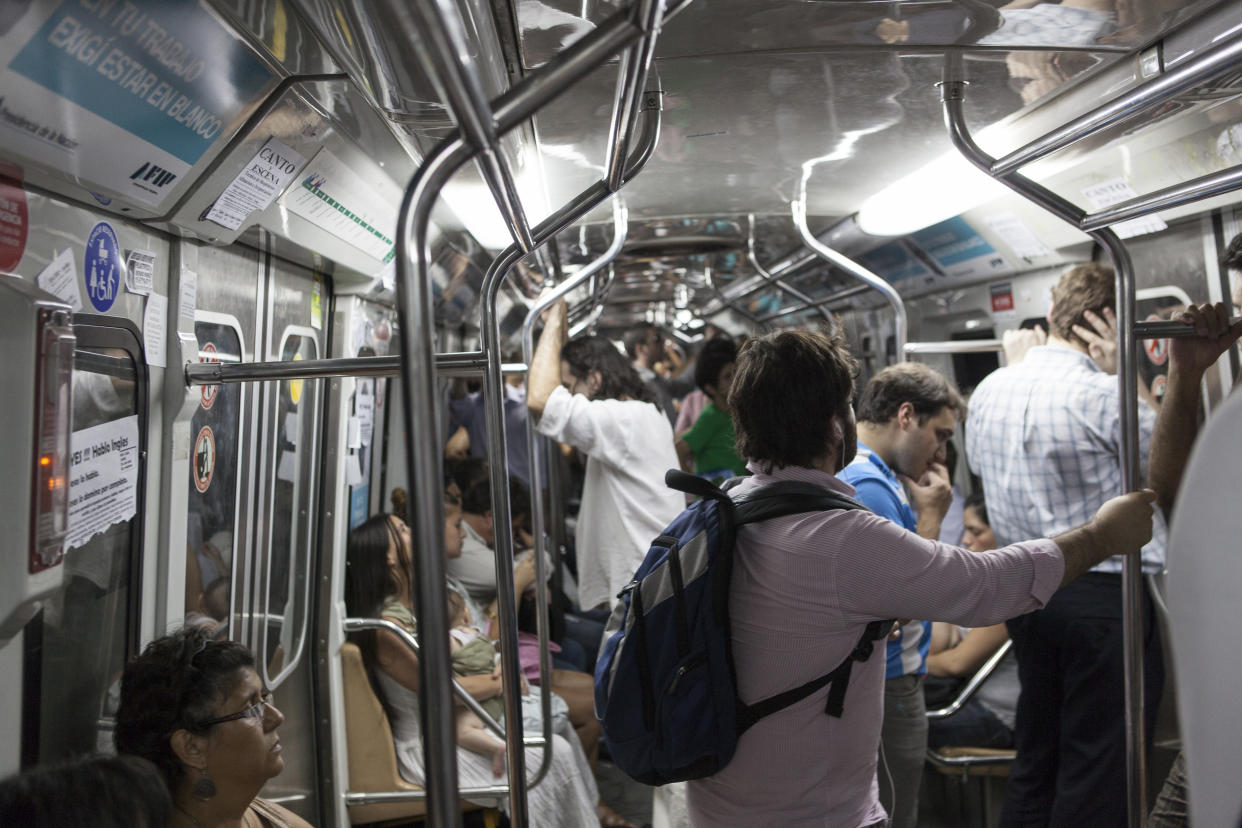These are the world's busiest commuter lines

Think the London Underground’s busy?
Think again.
The world’s busiest commuter lines have been ranked by Google Maps and the UK doesn’t get a look in.
The list, produced through an analysis of reports of ‘crowdedness’ from people who use Google Maps, reveals Buenos Aires and Sao Paulo as the cities with the most crowded transit lines - with each city having three lines in the Top 10.
New York’s famous L train which until recently was on the verge of closing for repair is the only transit line in the United States to feature in the Top 10.
Other cities include Paris, which comes in at number five, and Tokyo, which has two lines in the list at numbers seven and nine.

Google said: “To learn more about how crowdedness levels vary around the world, we analyzed aggregated and anonymized reports of crowdedness from Google Maps users from October 2018 to June 2019 during peak commuting hours (6am - 10am), and identified which lines had the highest number of crowdedness reports.”
The list comes as Google announced the launch of ‘crowdedness predictions’, which will help people see how crowded their bus, train or subway is likely to be based on past rides.
READ MORE
Arctic fox astonishes researches after walking 2,000 miles from Norway to Canada
It said: “There’s nothing more uncomfortable than being packed like a can of sardines on a hot, sweaty train.
“We’re introducing transit crowdedness predictions so you can see how crowded your bus, train or subway is likely to be based on past rides.
“Now you can make an informed decision about whether or not you want to squeeze on, or wait a few more minutes for a vehicle where you’re more likely to snag a seat.”
The features, announced on June 27, were due to roll out on Google Maps in nearly 200 cities around the world on both Android and iOS on the same day.

 Yahoo News
Yahoo News 

